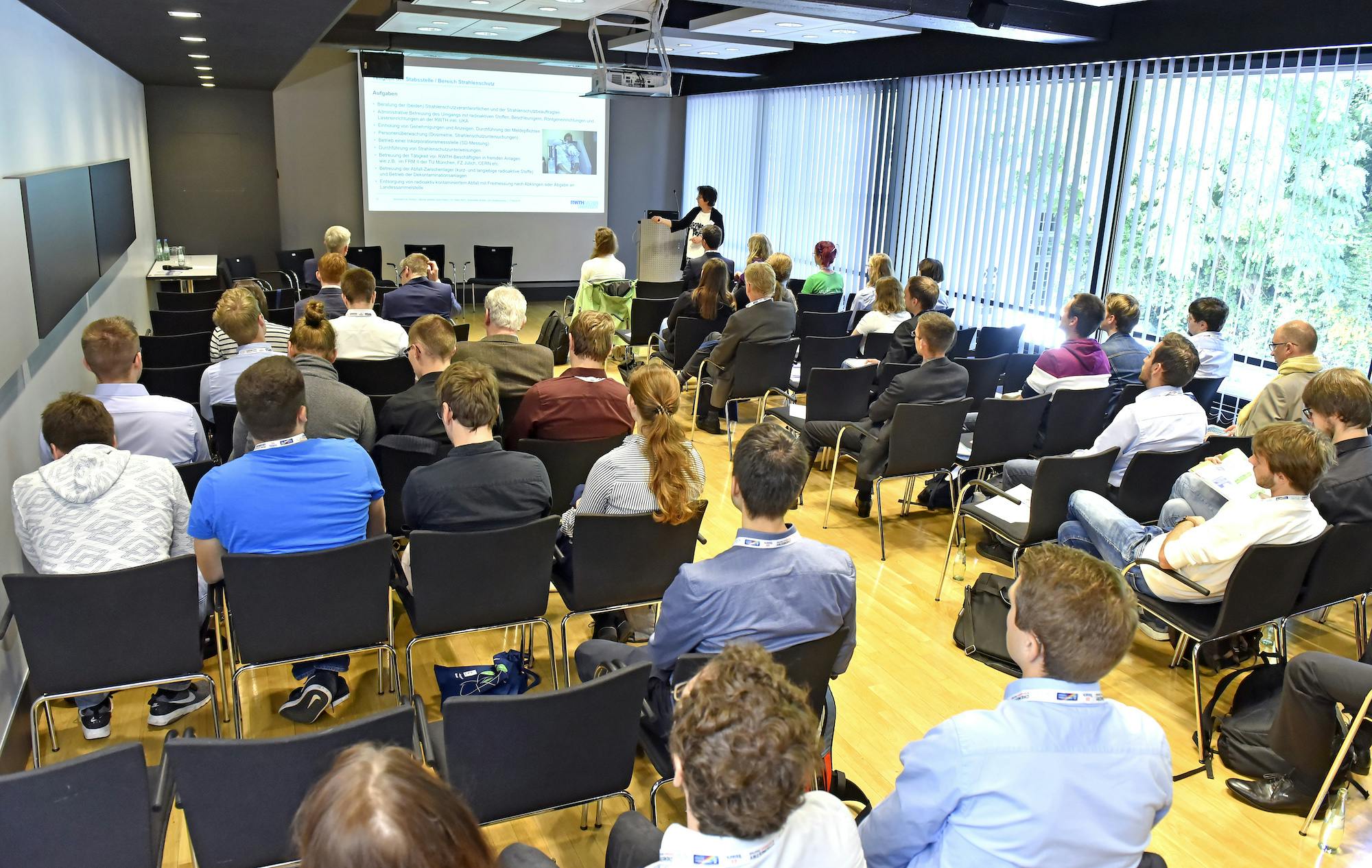Nowadays, a way of developing novel medicinal compounds focuses on confinement of known active molecules inside nanoparticles. Additionally, the delivery of therapeutic agents can be controlled by photodissociation and photoisomerization processes of photoactive drugs and nanoparticles. Therefore hybrid materials emerge, exhibiting new properties related to nano-confinement. This work shows how the application of solid-state Nuclear Magnetic Resonance (SS-NMR) provides access to the structural and dynamical properties of the confined molecules, that govern the drug release and photophysical properties.
In a first example, a joint SS-NMR and Differential Scanning Calorimetry (DSC) characterization strategy will provide a picture of the distribution of curcumin inside very heterogeneous materials. As a consequence, we show that other factors than compartmentalization (in particular, polymorphism and molecular dynamics of host compounds) should also be considered to understand the release properties.
In a second example using a joint Pair Distribution Function (PDF) and SS-NMR study, the structure and the dynamics of a confined Metal Nitrosyl complex are characterized. Interestingly, temperature and hydration ranges are identified, for which the complex stays associated, although it is in a “liquid-like state”. Towards the limit of water absence, movement restrictions of the confined complexes are elucidated providing information on water modulated host / guest interactions that explain their exceptional crystallization properties in the confined environment.
The last example will show how low temperature photoinduced metastable states can be observed by NMR in crystalline Metal Nitrosyl complexes. In particular, different commutation properties within the same crystal are observed for two inequivalent cations, thus showing the possible effect of molecular environment on optical properties.
